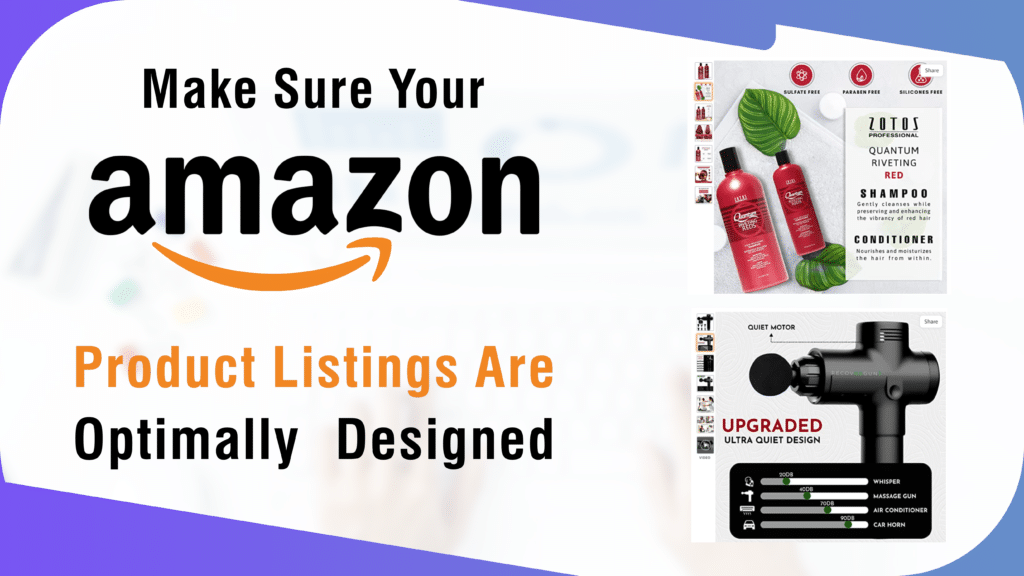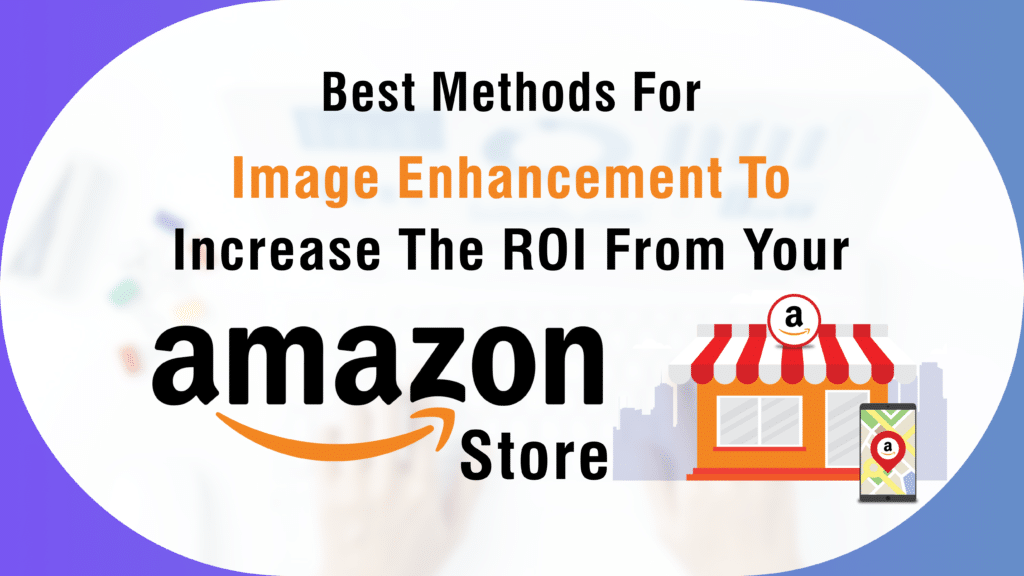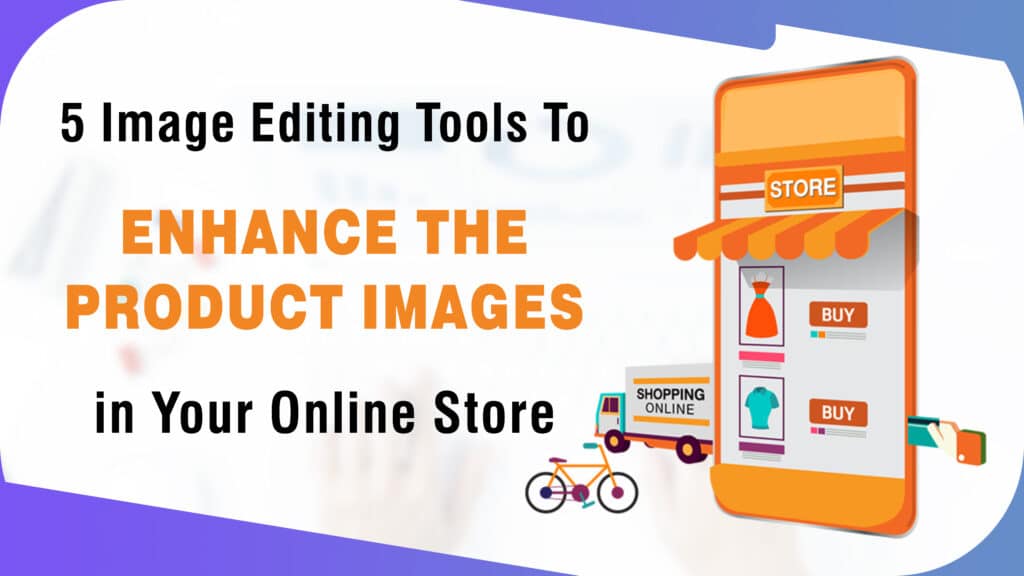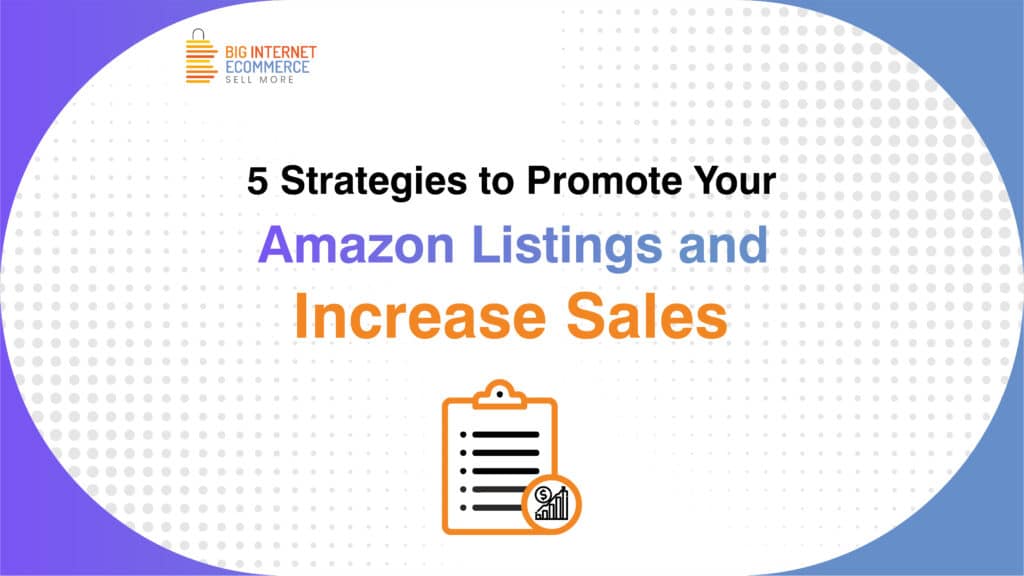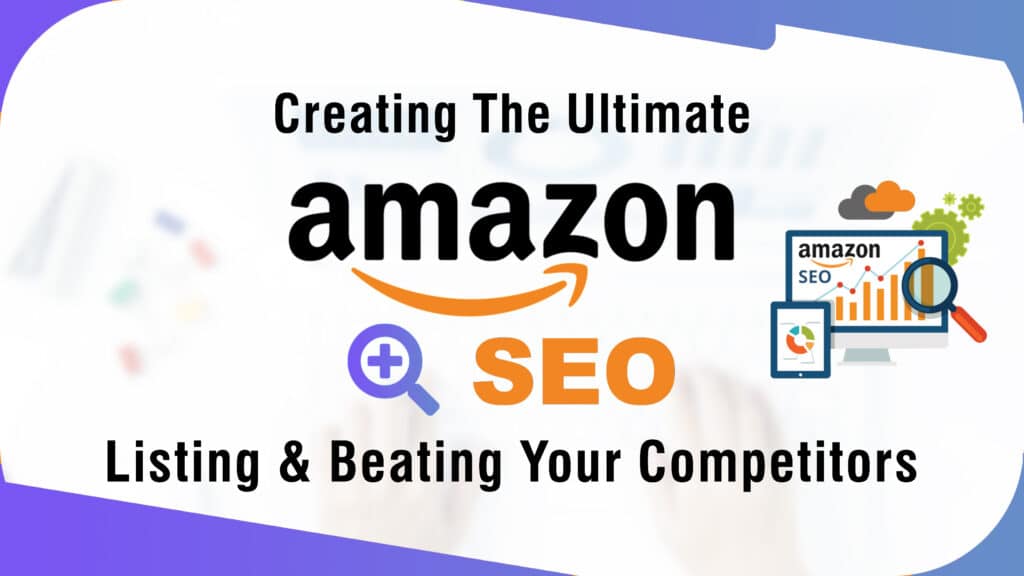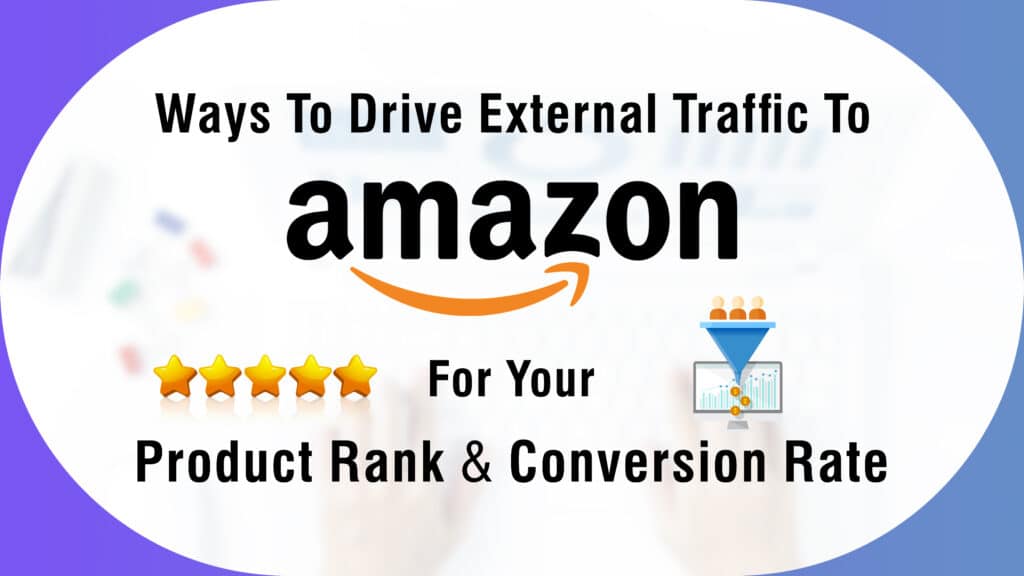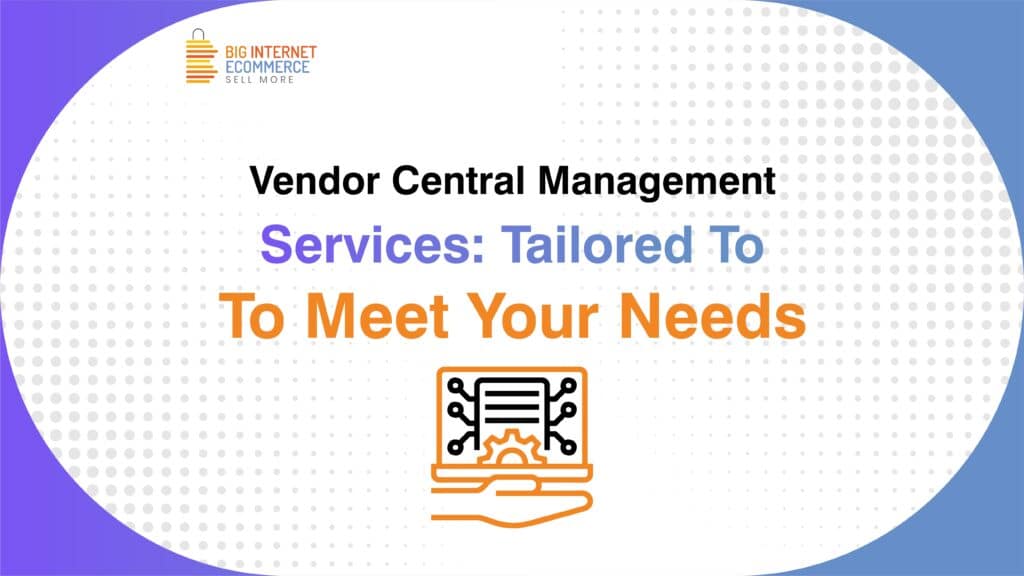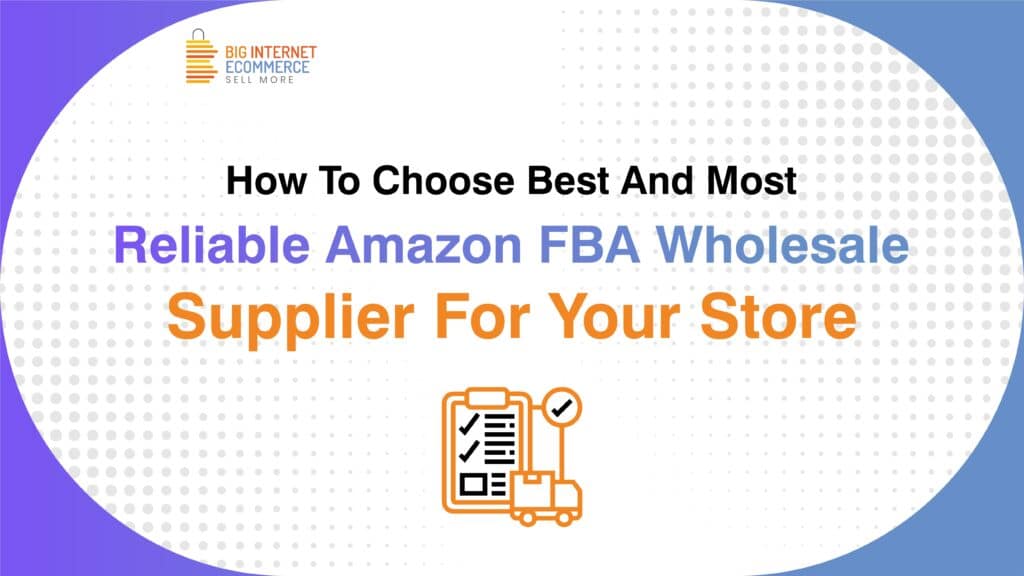Make Sure Your Amazon Product Listings Are Optimally Designed
It is often asked, what is Amazon listing optimization? It is the process of deliberately taking efforts to raise the position of your product in the organic search results and improving its ranking for particular search queries known as “Amazon Listing Optimization.” You might take all the necessary steps to improve your keyword research, product description optimization, use of appropriate photos, and seller reputation on Amazon. You can convert that visitor into a paying customer if your product listing content provides a solution to the query and concentrates on pertinent keywords. Tips for Enhancing Product Listings to Draw in Targeted Customers Manufacturers and sellers of Amazon products frequently downplay the significance of a strong copy. However, one of the best strategies to enhance your Amazon listings is through content optimization. A customer’s first impression is influenced by everything on a listing page, including the product title, description, image, tags, bullets, specifications, and review answers. As a result, you should use them to promote your brand and goods. The goal of SEO, or search engine optimization, is to increase organic traffic to your Amazon store and product pages. The three pillars of Amazon SEO are user queries, keywords, and convenience. Make your Amazon listings more visible by including pertinent keywords. Users examine the photographs and videos before deciding whether or not to purchase a product. Correct Amazon photography is the greatest approach to offer such things and perfectly convey their attractiveness through visual depiction. To increase external traffic to Amazon listing, provide quality photos. Competitor analysis is an essential technique that will enable you to outsell your rivals on Amazon. Early on in your Amazon selling cycle, performing competitor analysis is usually a good practice that can increase your sales. Setting the proper price should come first, even though thorough competitor analysis can assist you in developing a long-term strategy for the research and development of your items. Your Amazon listings can now be promoted in a variety of new methods, so make sure you use them and remain on top of the trends. You will gradually see an increase in your product views as you make these modifications, and you will soon see your sales climbing quickly. To get the best expert assistance, visit Big Internet Ecommerce right away!
Make Sure Your Amazon Product Listings Are Optimally Designed Read More »


